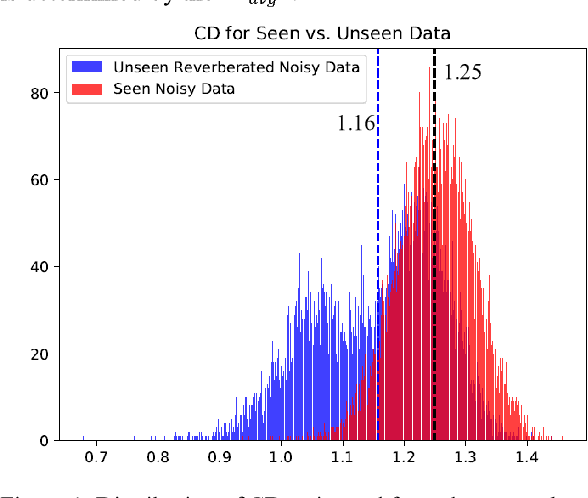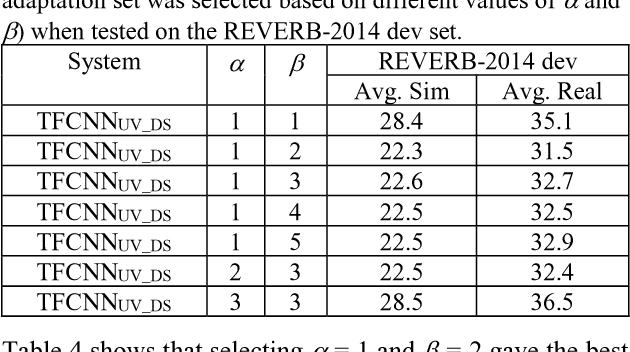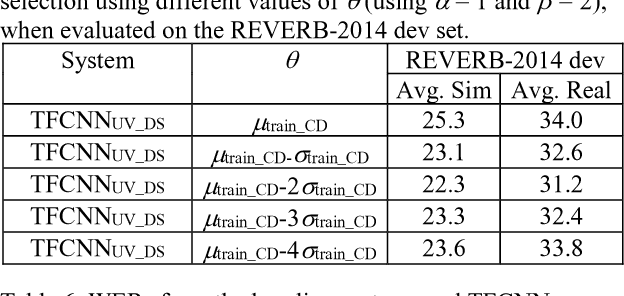Interpreting DNN output layer activations: A strategy to cope with unseen data in speech recognition
Paper and Code
Feb 16, 2018



Unseen data can degrade performance of deep neural net acoustic models. To cope with unseen data, adaptation techniques are deployed. For unlabeled unseen data, one must generate some hypothesis given an existing model, which is used as the label for model adaptation. However, assessing the goodness of the hypothesis can be difficult, and an erroneous hypothesis can lead to poorly trained models. In such cases, a strategy to select data having reliable hypothesis can ensure better model adaptation. This work proposes a data-selection strategy for DNN model adaptation, where DNN output layer activations are used to ascertain the goodness of a generated hypothesis. In a DNN acoustic model, the output layer activations are used to generate target class probabilities. Under unseen data conditions, the difference between the most probable target and the next most probable target is decreased compared to the same for seen data, indicating that the model may be uncertain while generating its hypothesis. This work proposes a strategy to assess a model's performance by analyzing the output layer activations by using a distance measure between the most likely target and the next most likely target, which is used for data selection for performing unsupervised adaptation.
 Add to Chrome
Add to Chrome Add to Firefox
Add to Firefox Add to Edge
Add to Edge